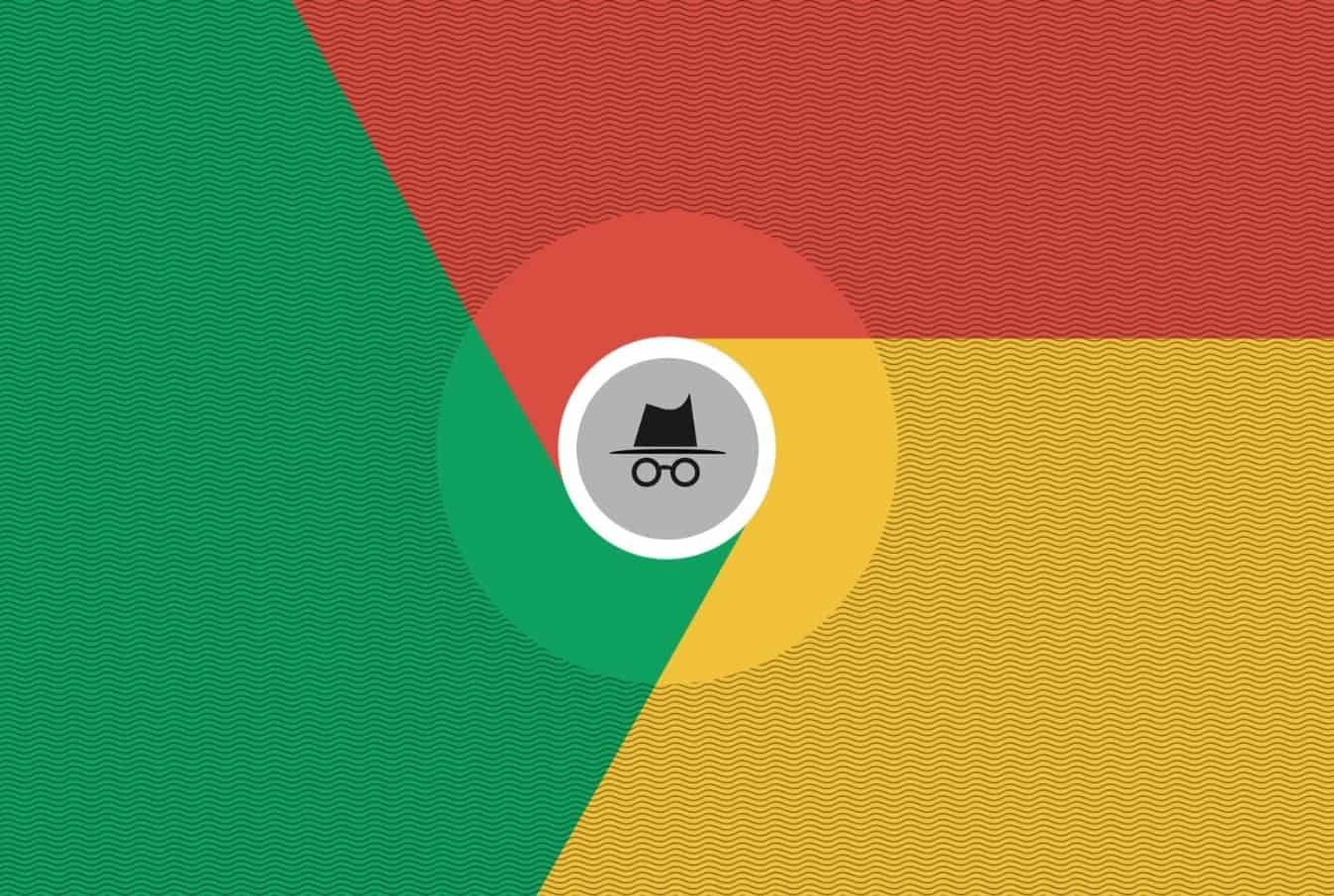

Therefore, many people consider private browsing mode as a safe way of browsing the Internet without making personal information available to third parties. Most of the files in the cache and cookies contain personal information such as website preference, passwords, or location. In private browsing mode, cache files and cookies are not saved or deleted once your browsing session ends. Private browsing is also beneficial in a public or shared computer since it ensures that personal information is not stored on your browser. Private browsing is the best way to do sensitive searches because you are assured that there will be no messages related to the websites you visit popping up next time someone uses the browser. The records of files you download are also erased on your browsing history although the file might still be stored on your computer until you delete it.

When you enable private browsing mode, all websites you search for or visit are not recorded. You can use it to see your social media accounts and to have an idea of how other people using the web see your social media accounts. It can also be used to test the privacy of your social media accounts. It is also useful when you want to buy something on the Internet without anyone knowing. It is an important browsing tool especially if you are browsing on other people’s computers. Private browsing mode lets you prevent your web browser (e.g., Safari, Opera, Internet Explorer etc) from saving your browsing history. However, it is important to understand the scope, functions, and limitations of private browsing mode before you use it. What is private browsing mode? Private browsing mode (or privacy mode or incognito mode) is available in most web browsers.


 0 kommentar(er)
0 kommentar(er)
